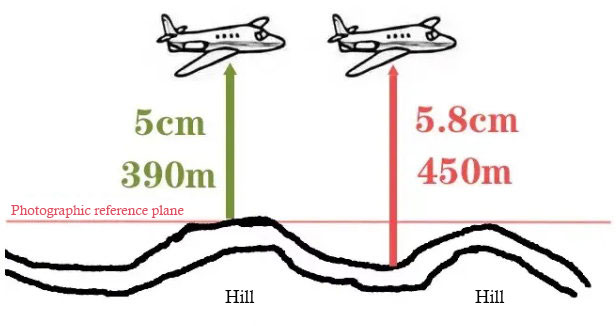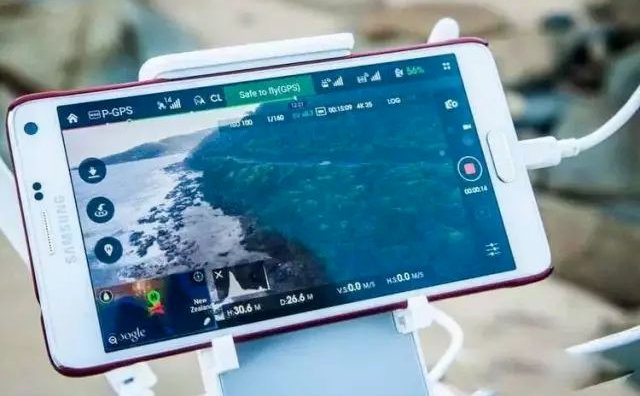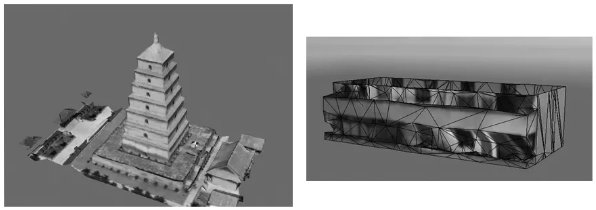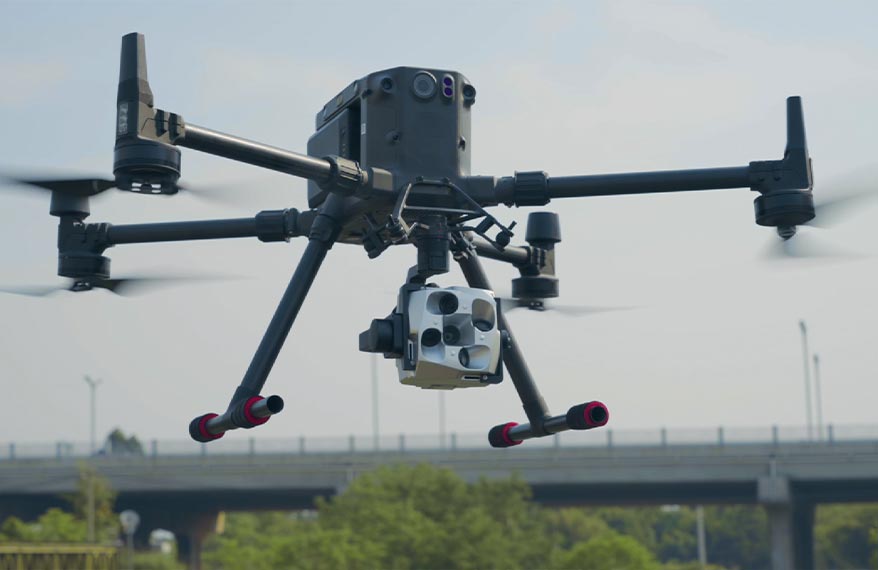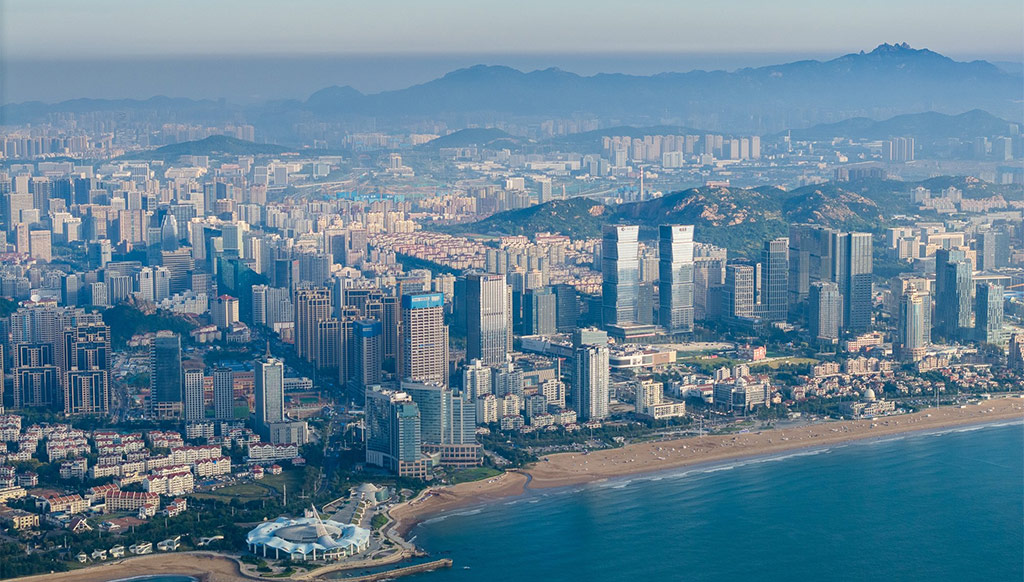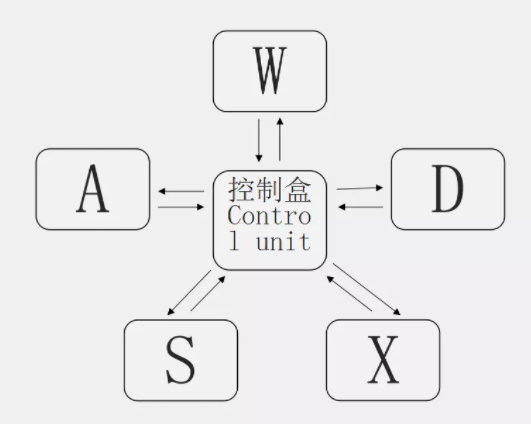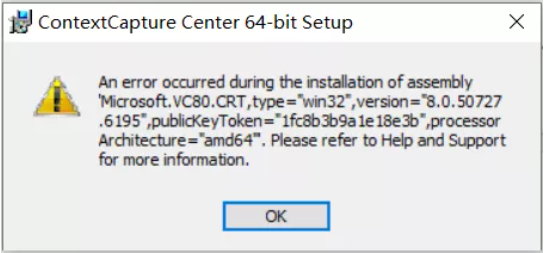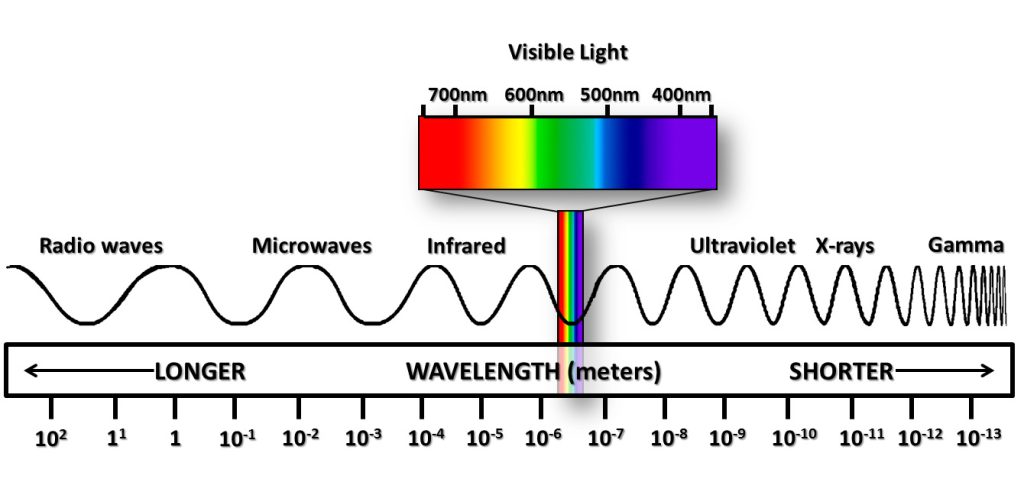With “Smart 3D China” driving the market, user demand for oblique photogrammetry models has shifted from pure accuracy toward a more critical need—realistic visual representation. As a manufacturer that has always prioritized modeling quality in R&D, Riebo often gets asked the same question:
👉 “Does higher camera resolution automatically mean better 3D models?”
Previously, we analyzed the relationship between focal length and model detail, discovering that short focal lengths often deliver better texture reproduction, despite the common belief that “longer is always better.” Similarly, the assumption that “more pixels = better models” has become an industry-wide misconception. To address this, we conducted a real-world test with two flagship mapping cameras to reveal the true relationship between pixel count and model quality.
Experiment: Breaking the “High-Pixel Myth”
To avoid interference from unrelated variables, we selected two cameras with almost identical specs except for pixel count and lens design:
- DG4Pros: 210MP total, 42MP per lens
- DG6Pros: 300MP total, 61MP per lens
On paper, DG6Pros should have the advantage: nearly 50% higher per-lens pixel count, wider field of view, and theoretically better roof overlap. By “logic,” DG6Pros should deliver superior modeling results.
We tested both cameras in low-rise (~20m buildings) and high-rise (~70m buildings) environments.
- Low-rise area: Model results were similar, with DG4Pros showing slightly sharper textures in windows and walls. The left side shows the DG4Pros model effect, and the right side shows the DG6Pros model effect:
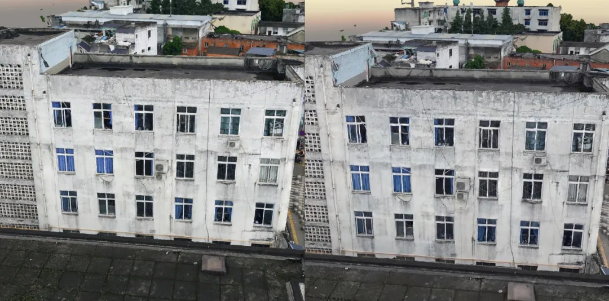
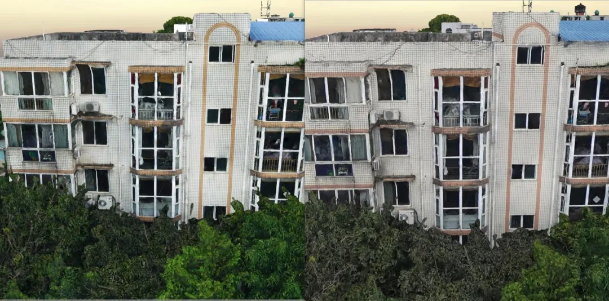
- High-rise area: The difference became significant. DG4Pros still reproduced rooftop equipment and facade lines clearly, while DG6Pros suffered from blurred edges, broken textures, and even “mosaic artifacts” due to insufficient resolving power. The left side shows the DG4Pros model effect, and the right side shows the DG6Pros model effect:
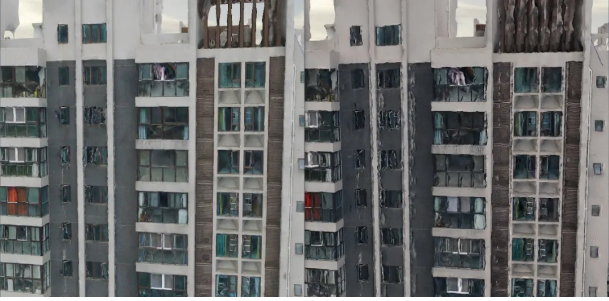
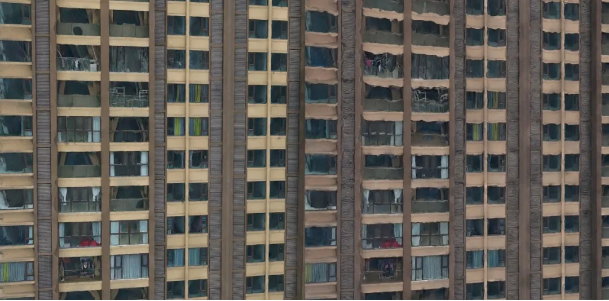
The Real Reason: True Resolution, Not Just Pixels
Why did the higher-pixel DG6Pros underperform in high-rise modeling? The answer lies in true resolution, which depends on both:
- Sensor resolution (pixel density) → the capacity to receive detail signals.
- Lens resolving power → the ability to transmit those signals without loss.
If the lens cannot match the sensor’s pixel density, the additional pixels capture only blurred information—wasting storage, increasing processing time, but not improving model accuracy.
This is the “short-board effect”: DG6Pros had a strong sensor but a weaker commercial lens. DG4Pros, with a custom-designed lens optimized for its sensor, achieved higher effective resolution and thus better real-world models.
Industry Insight: Don’t Be Misled by Pixel Specs
From years of R&D in oblique photogrammetry cameras, Riebo believes: real-world model fidelity matters more than isolated parameters like total pixels. Based on this experiment, we suggest three key takeaways for selecting mapping cameras:
- Don’t blindly chase higher pixels: Extra pixels without matching lens performance only increase data volume and processing time.
- Focus on performance metrics that reflect real outcomes: RMS error, point cloud density, and texture fidelity are more reliable indicators than pixel count alone.
- Prioritize sensor–lens compatibility: A balanced system (like DG4Pros, with custom optics and sensor integration) ensures every pixel captures real detail.
Conclusion
The belief that “higher pixels = better models” is one of the biggest misconceptions in the oblique photogrammetry industry. In building Smart 3D China and global digital twin applications, the true driver of quality lies in effective resolution and system optimization, not just raw sensor numbers.
At Riebo, we remain committed to solving real customer needs. This experiment was not about dismissing the value of higher pixels, but about helping users avoid the “parameter trap” and focus on what really improves 3D modeling accuracy.
Looking ahead, we will continue to advance optical design, sensor-lens integration, and modeling algorithms to deliver solutions that truly reproduce the real world in every detail.
